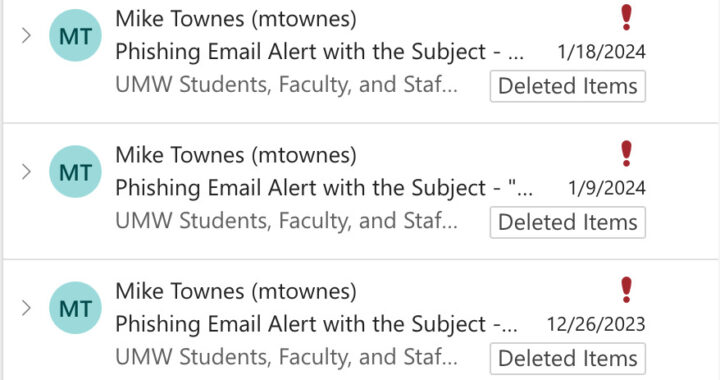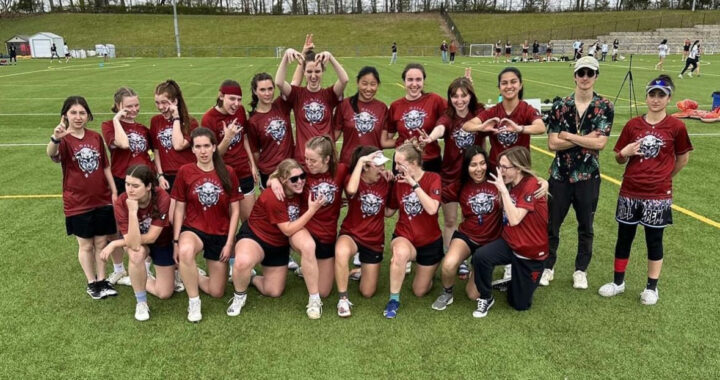Friends, following and social media
3 min read
LoboStudioHamburg | Pixabay
By MACKENZIE HARD
Staff Writer
In the age of social media and followers, students are often tempted to add their professors online through sites like Facebook, Instagram, and Twitter. Many University of Mary Washington professors and students sometimes question whether ot not to add each other.
“I use Twitter almost exclusively for professional purposes, like connecting with university presses, academic publications, historical organizations, etc. and so I accept student friend requests there,” said history professor Jason Sellers. “I don’t accept friend requests from current students on Facebook which I use for my personal life, though I do accept friend requests from graduates I’ve gotten to know.”
Geography professor Dawn Bowen responded saying that she is only on Facebook and is friends with students who have gone on school trips to Guatemala with her. When it comes to other students, Professor Bowen waits until after they graduate.
Bowen is an example of a professor who does not alter the material they post on social media because of students following them.
“No, I don’t limit when I post because the students whom I am friends know me pretty well, I don’t feel compelled to hide my thoughts,” said Bowen. “Then again, I tried to avoid politics unless it is an environmental or human rights issue.”
Some professors are selective about what social media accounts they feel are acceptable to friend students on and which they feel should be kept personal.
“I keep Facebook and Instagram for connecting with friends and family and Twitter for students and professional contacts,” said College of Education professor Janine Davis. “I’m friends with some former students on Facebook, but I’ve just found that Twitter works better for me for class-related posts, scholarly connections, and research.”
For some professors, even when they accept friend requests on social media, they still feel it is important to keep a sense of professionalism in their posts.
“I do always think carefully about what I post in any online forum because I think it’s important to model professionalism in all situations for preservice and novice teachers,” said Professor Davis. “I do also think it’s important to avoid alienating people or shutting them out whenever possible so that we can maintain connections with others who might have different views and engage in reasoned debate – teachers have to do that all the time when parents or students have different views.”
For other professors, it is really about connecting with their students and sharing new information and research. It can even be used to share research of your own, making it something that students discuss later in class.
“I encourage students to add me because I feel that I’m always an educator – in and out of class,” said College of Education professor, John Broome. “I want students to be exposed to real time conversations that I’m having with other professors, authors, friends about critical issues. I also encourage them to join the conversation as well.”
When it comes to what is posted on Facebook, Dr. Broome said that he also does not limit what he posts.
“I use my privilege as a white male to challenge and decenter whiteness and patriarchy,” said Broome. “I use my positionality to elevate voices of marginalized identities – people of color, LGBT, and indigenous, etc. It is important to listen to and learn from all voices, especially those historically or currently absent in positions of power. Students should be exposed to people who they are different from them but learn that is not a deficit. Like their future K-12 student, they need to value differences. Social media is one approach to do this.”











